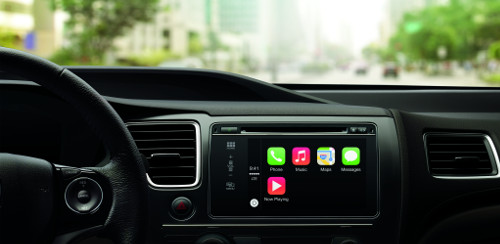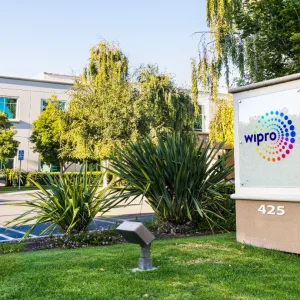
In the week of Apple’s launch of its in-car, hands-free iPhone user interface, leading analysts have voiced concerns about whether consumers are willing to buy into one ecosystem.
The system replicates Apple’s iPhone’s interface on the car’s dashboard screen using the Lightning Connector, but requires the iPhone maker’s latest mobile software, the iOS 7, and an iPhone 5.
John Delaney, a mobility analyst at IDC in London, told CBR that cars have a much longer sales cycle than smartphones.
"It’s something that you buy less frequently than a phone, so the ability to get somebody to turn to your system is constrained. Also, it’s very difficult to swap out to a different system because a lot of it is integrated to the car itself," he explained.
"If you bought a car, which is set up for an Apple-based system, it’s going to take some doing to get your car to switch it over to a Google based system and vice versa…you have to reach over the dashboard and put something new in and you have to be pretty motivated to do that."
Gartner analyst Thilo Koslowski said car makers could also charge up to $1,000 per system and therefore sway consumers away from using it.
"The car companies will have two choices. They can either offer this as a stand alone option where people can edge to the existing radio and infotainment head unit," he told CBR in an interview.
"Or they will make this part of a broader and more expensive infotainment package that consumers can choose from, with a nicer and bigger screen, and the ability to have an iOS integration."
Delaney added: "They’re going to have strong control over the ecosystem and so getting strong relationships with the car manufacturers is going to be the important and difficult because car manufacturers understand the strength of that position and they’re going to drive a hard bargain."
Koslowski said another concern is that it becomes more complex for carmakers to figure out how to integrate more systems into automobiles.
"Some consumers might have multiple people in the family that use different systems, so one vehicle that’s being used by a household might have to enable an iOS environment and an Android environment," he said.
"Nobody can afford to go with just one or the other because if you did just do one or the other, you pretty just cut out a huge chunk of the market, which nobody can afford."
John Elkaim, VP of marketing at Gigya, added: "In the future, we may see car manufacturers choose a ‘platform agnostic’ approach that won’t necessarily limit users to one particular brand of device.
"For the Internet of Things to achieve its full potential, technology companies need to ensure that their devices are able to communicate with each through a common language."






